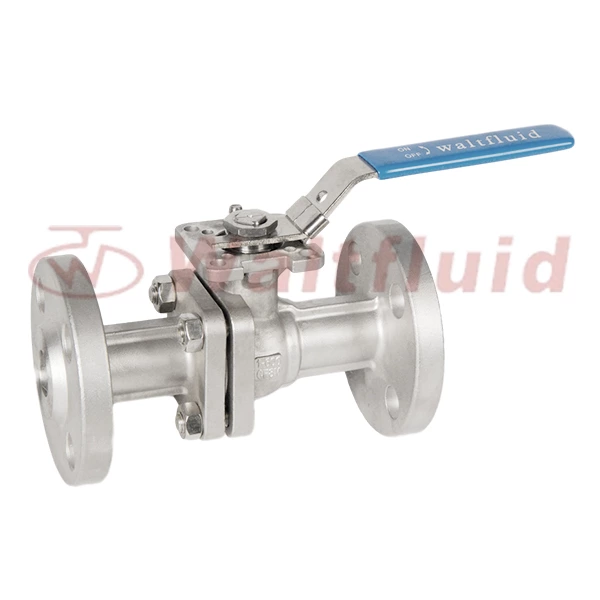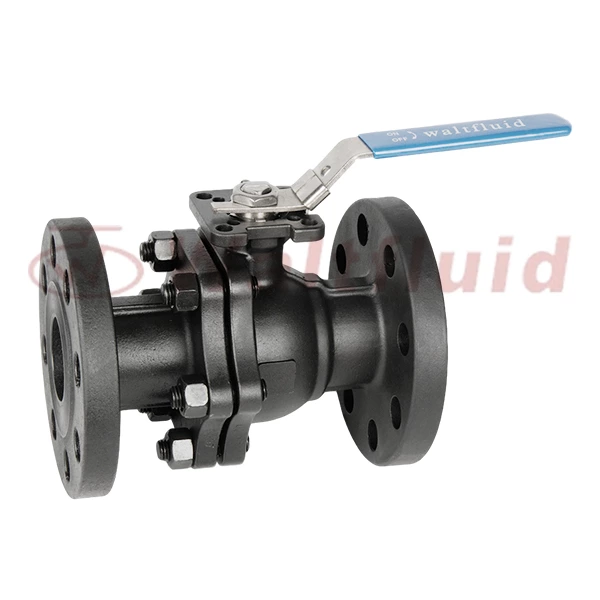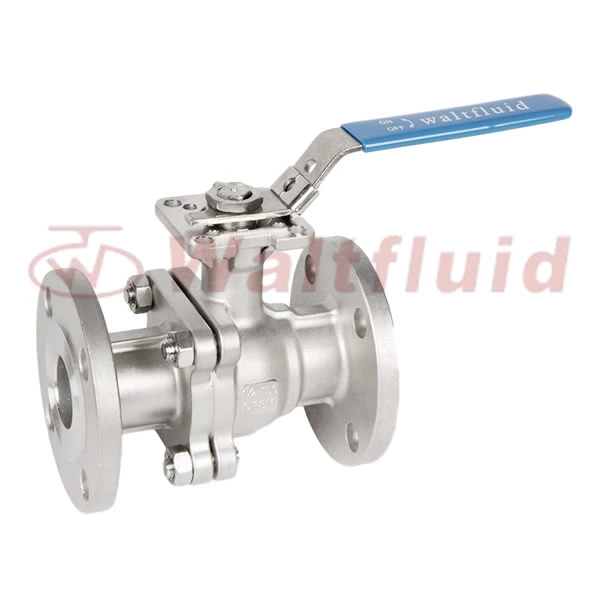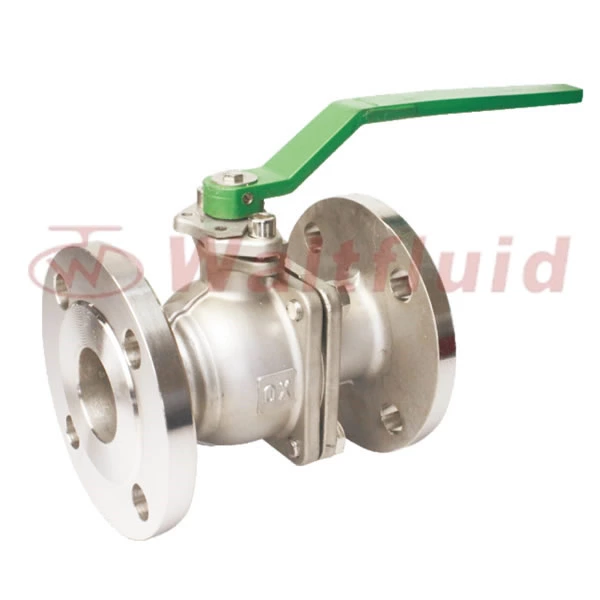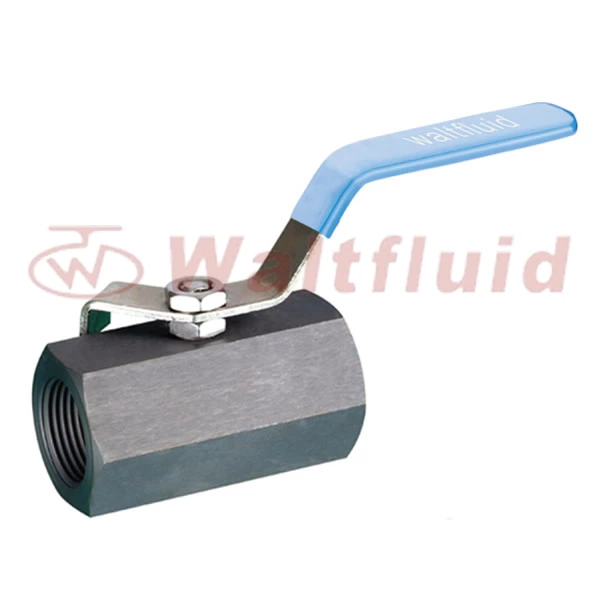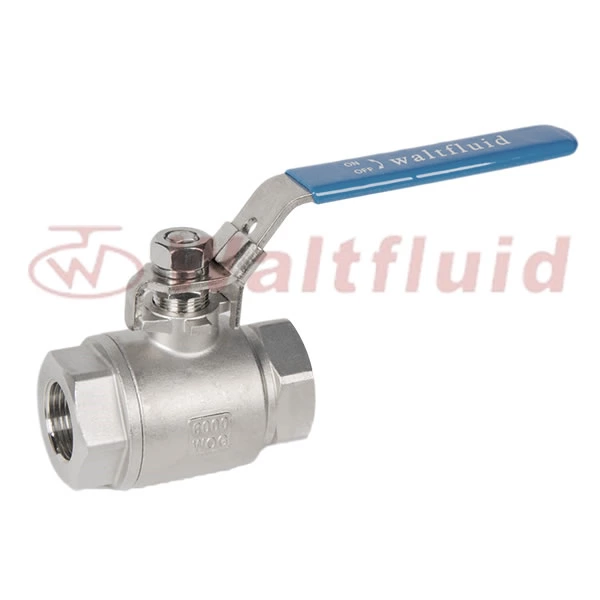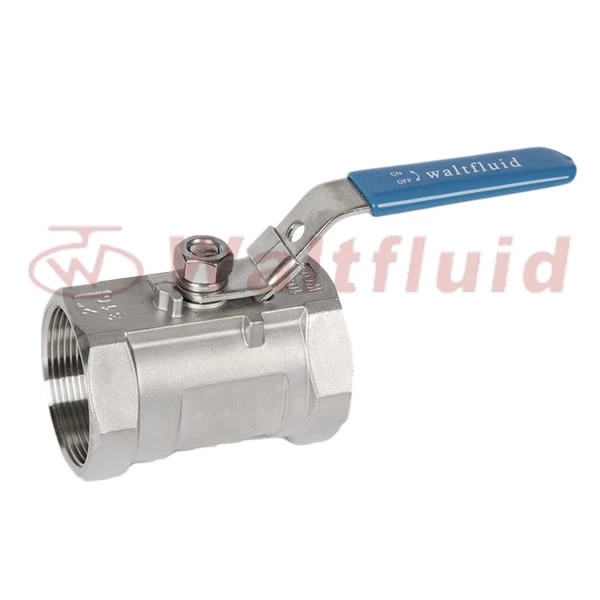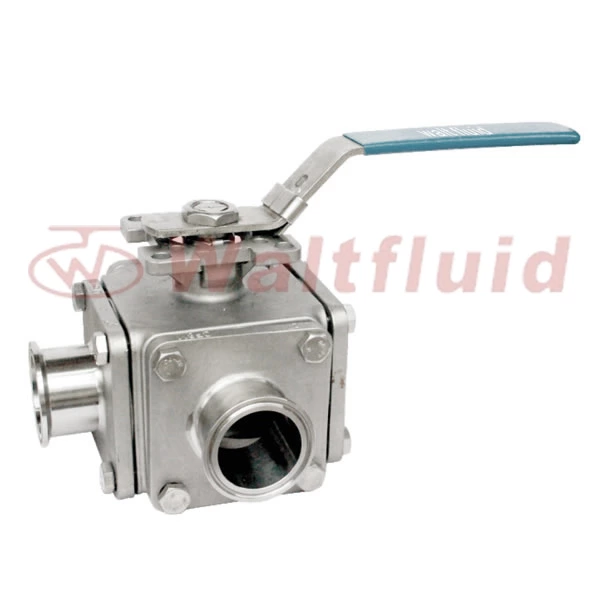Market Demand For Fluorine-lined Valves And Common Knowledge About Fluorine-lined Ball Valves
Fluorine-lined valves are the first choice for anti-corrosion valves. Fluorine-lined valves are the first choice for anti-corrosion valves. Fluorine-lined valves are more durable than other valves. In many cases, fluorine-lined valves can do the job while others cannot. In fact, the reason is very simple. 1. Fluorine-lined valves use FEP lined ball valves, which have extremely high chemical stability and can be used for any other highly corrosive properties except "molten alkali metals and elemental fluorine". 2. With a full-bore, floating ball structure, the valve can be closed without leakage within the entire pressure range, which is more convenient for ball sweeping and pipeline maintenance of the pipeline system. Fluorine-lined valves are the first choice for anti-corrosion valves. 3. The ball and stem of the fluorine-lined valve opening and closing parts are cast (forged) as one, eliminating the possibility of the stem rushing out of the pressure-bearing parts due to pressure changes, and fundamentally ensuring the safety of use in the project. 4. The structure is compact and reasonable, the inner cavity space of the valve body is the smallest, and the medium retention is reduced. In addition, the special molding process makes the sealing surface density good, and the combination of herringbone annular PTFE packing makes the valve achieve zero leakage. Fluorine-lined valves are the first choice for anti-corrosion valves. Fluorine-lined valves use a polytetrafluoroethylene-lined butterfly plate with a spherical sealing surface, and are equipped with a silicone rubber liner at the base of the valve seat to adjust the sealing performance of the valve; the valve is easy to operate, has a tight sealing performance, and a long service life; it can be used to quickly cut off or adjust the flow. Fluorine-lined valves are suitable for occasions that require reliable sealing and good adjustment characteristics. The valve body adopts a split type, and the seals at both ends of the valve shaft are controlled by the rotating base surface between the butterfly plate and the valve seat plus fluorine rubber to achieve a compact product structure, beautiful appearance, reasonable process, and reliable performance.
The demand for 1 Piece Threaded Ball Valve is growing. With the continuous development of modern industry, a modern petrochemical plant requires thousands of valves of various types; a modern residential building also requires thousands of valves; the number of fluorine-lined ball valves required for an ordinary oil depot ranges from a few hundred to a few thousand. In oil depots, fluorine-lined ball valves are the most used and frequently opened and closed supporting mechanical products, but due to improper use and maintenance, "leakage" often occurs. This may cause fire, explosion, poisoning, or oil deterioration, energy waste, equipment corrosion, environmental pollution, etc. The accident has taught people to obtain high-quality fluorine-lined ball valves, and also requires improving the use and maintenance level of fluorine-lined ball valves. This puts forward new and higher stringent requirements for operators and maintenance personnel engaged in fluorine-lined ball valves, as well as engineering and technical personnel. In addition to carefully designing, reasonably selecting, and correctly operating fluorine-lined ball valves, it is also necessary to maintain and repair fluorine-lined ball valves in a timely manner to minimize the "leakage" phenomenon of fluorine-lined ball valves.
Fluorine-lined ball valves use a ball with a circular through hole as an opening and closing part. The ball rotates around the center line of the valve body with the valve stem to achieve valve blocking and closing. The special molding process is adopted, and the 5-metal processing makes the sealing surface dense and excellent. In addition, the V-type PTFE packing combination makes the valve reach zero leakage; the ball and the valve stem are cast as one body, which eliminates the possibility of the valve stem rushing out of the pressure-bearing parts due to pressure changes, and basically guarantees the safety in operation; the full plastic lining process is adopted, which is resistant to strong corrosion of the medium.
Drive, fluorine-lined ball valves are divided into manual fluorine-lined ball valves, worm gear fluorine-lined ball valves, pneumatic fluorine-lined ball valves, electric fluorine-lined ball valves, etc. according to the drive mechanism.
Characteristics, 1. The ball valve with fluorine plastic lining layer has extremely high chemical resistance and is suitable for any highly corrosive chemical medium; 2. The full-pass floating ball valve structure is adopted, and the leakage is closed in the entire pressure range, which is convenient for the pipeline system to pass the ball line and pipeline maintenance.
Purpose: Fluorine-lined ball valve is a professional design for opening and closing various highly corrosive media. It is widely used in petroleum, chemical, dyeing, pesticide, acid and alkali making industries, and is the most ideal choice for anti-corrosion valves.
The butterfly plate of the fluorine-lined ball valve is arranged in the diameter direction of the pipeline. In the cylindrical channel of the ball valve body, the disc-shaped butterfly plate rotates around the axis, and the rotation angle is between 0° and 90°. When it rotates to 90°, the valve is fully open. Commonalities of new high-life stainless steel ball valves and problems in the operation of ball valves At present, fluorine-lined ball valves and rubber-lined ball valves are used as a casting process to realize the opening and closing of pipeline parts and flow control. They have been widely used in many fields such as petroleum, chemical, metallurgy, hydropower, etc. In the known ball valve technology, its sealing form mostly adopts sealing structure, and the sealing material is rubber, polytetrafluoroethylene, etc. Due to the limitation of structural characteristics, it is not suitable for industries such as high temperature resistance, high pressure resistance, corrosion resistance, and wear resistance. Aluminum silicate equipment currently has a relatively young ball valve, which is a three-sided metal hard seal ball valve. The valve body and valve seat are connected components, and the valve seat sealing surface is welded with heat-resistant and corrosion-resistant alloy materials. The multi-layer soft stacking seal ring of the Science and Technology Museum exhibit is fixed on the valve plate. This type of ball valve has the advantages of high temperature resistance, simple operation, and no friction when opening and closing. When opening, the seal is saved as the torque of the transmission mechanism increases, which improves the sealing compliance of the ball valve and extends the service life. This type of fluorine-lined ball valve should generally be drained in water in the pipeline.
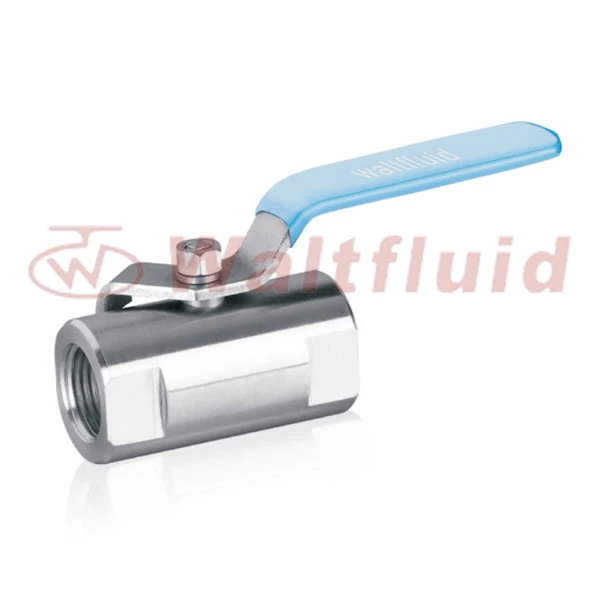
 English
English 中文
中文 Pусский
Pусский  Español
Español
